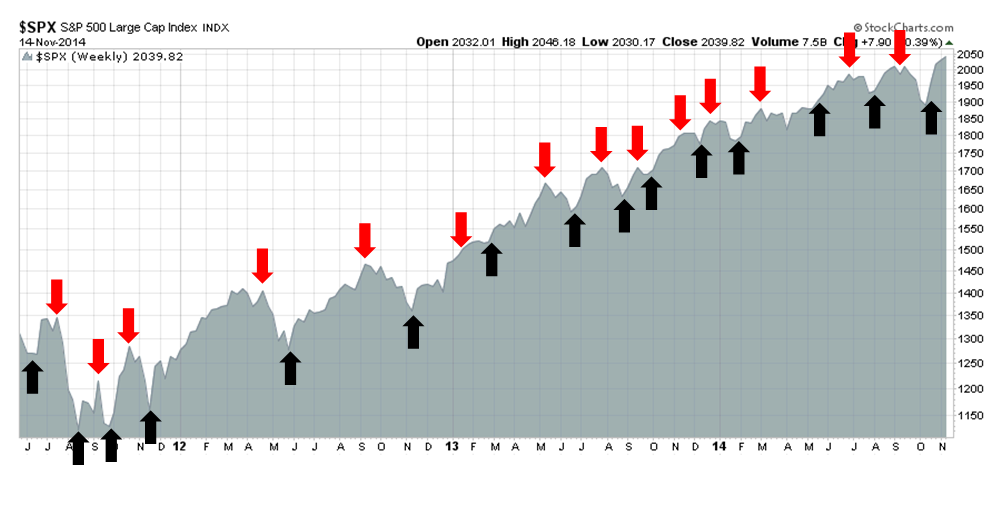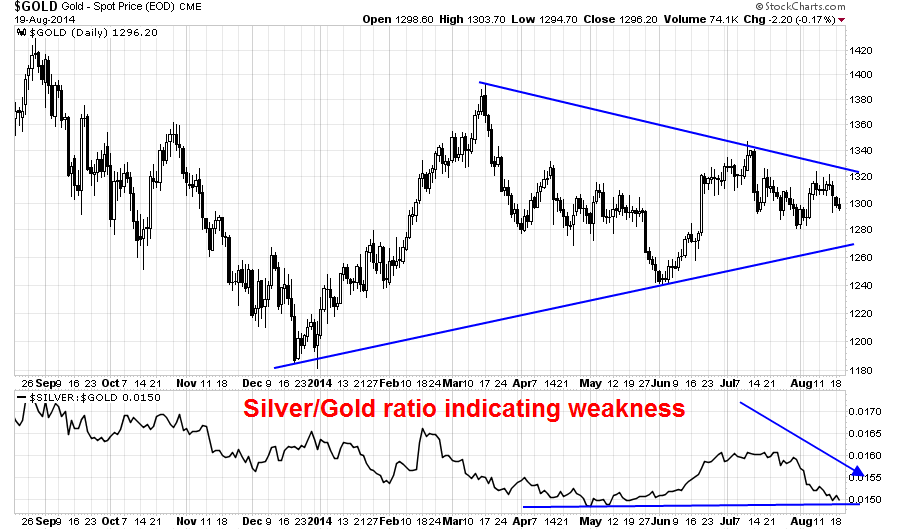Technical Fundamental Intermarket Analysis using AI
Post on: 24 Май, 2015 No Comment

Synergistic Market Analysis: Combining Technical, Fundamental, and
By Louis B. Mendelsohn
INTRODUCTION
Recent advancements in telecommunications and computing technologies — often referred to as the information technology revolution — coupled with the emergence of derivative instruments, including futures and options, have brought about the globalization of the world’s financial markets. Now there is nearly instantaneous worldwide communication and on-line linkages between exchanges along the emerging information or electronic superhighway. The effects of this are best exemplified by the 1987 stock market crash, which can be considered the first instance of a truly global financial market phenomenon.
Now, even a casual reader of a daily newspaper or viewer of the nightly news is aware that the world’s markets and economies influence each other on a daily basis in an interconnected web of cause and effect. No longer independent, today’s financial markets are now synergistically linked to one another.
Additionally, the proliferation of trading markets in emerging growth regions of the world — including the Pacific Rim, Asia and Latin America — has contributed to this global interdependence. This trend, which is both unprecedented and irreversible, has serious implications for traders who want to profit from global trading opportunities in the 1990s.
Other Factors Contribute To Market Globalization
The globalization of the financial markets has been further accelerated by other related factors, which include the diminished influence of the G7 western nation central banks in controlling interest and foreign exchange rates, cross-border consolidation of corporations into multinational entities, increased trade by emerging nations, the listing of corporate shares concurrently on multiple exchanges, and the needs of corporate and financial institutions to manage risk on a twenty-four hour worldwide basis.
The Result: Market Globalization
Global trading is now conducted around the clock by most major financial institutions. By the end of this century the world’s financial markets will coalesce into one global market, while each of the individual markets that traders are focusing on today will simply be components or different facets of that one market.
Globalization has altered the character and nature of the world’s financial markets, in terms of how they behave and interact. The global markets of the 1990s offer unprecedented trading opportunities. Yet, most traders have given little thought to the implications that globalization will have on their trading, particularly during an acute financial crisis in terms of illiquidity and counter-party risk. Most traders continue to focus entirely on one market at a time, failing to implement any sort of intermarket analysis or global perspective in their trading. They are content to ignore the intermarket global context through which all financial markets are now linked to one another as component parts of a larger whole.
This is a very serious and potentially costly oversight, since single-market analysis, due to its narrow inward focus, cannot discern the underlying force or market synergy in today’s globally interrelated markets. Now, new analytic methods are a sine qua non for profitable trading. They must be capable of identifying hidden patterns and discovering relationships in disparate data.
Broader Market Analysis is Needed
Traders need to adapt their trading strategies and methods, in order to survive and profit in this new world order. Today’s limited single-market focus must yield to a broader analytic framework that can quantify complex intermarket relationships. What is needed for successful trading is a broader concept of market analysis that recognizes the nonlinear interrelatedness and interdependence of today’s financial markets. Traders can no longer focus solely on individual markets. It is now imperative that they adopt an intermarket trading perspective and utilize analytic tools capable of assessing complex intermarket relationships. To accomplish this, traders must expand their analytic perspective to include external factors in addition to internal factors that affect a given market. It is this broader synergistic context that must become the focus of market analysis for successful trading in the 1990s.
Technical market analysis must encompass the global context of today’s financial markets, by incorporating the more narrowly defined schools of technical, fundamental, and intermarket analysis as they are presently practiced (See Figure 1). I refer to this more comprehensive method of analysis as Synergistic Market Analysis (SMA). This approach utilizes various mathematical technologies, including neural networks, to quantify relationships and find hidden patterns between related financial markets. By doing so, it allows traders to capture and act upon information reflecting the market synergy that drives today’s markets.
SYNERGISTIC ANALYSIS
Background
In 1983, when I introduced single-market historical simulation and back-testing in microcomputer software and developed ProfitTaker, the first commercial PC-trading software with this capability, most technical analysis was performed manually or with primitive software programs. By the mid-1980s historical testing had become the backbone of computerized technical analysis, with the emergence of a software industry catering to individual computerized traders.

Yet, as I surmised the likely effect that market globalization would have on technical analysis and trading, it was apparent that single-market analysis alone would no longer be adequate. With formerly isolated markets now interconnected, new analytic approaches would be required for profitable trading.
In 1987, I developed trading software that used a spreadsheet format to correlate the effects of intermarket and fundamental data on price directions of related financial markets. At the same time, other technical analysts began exploring intermarket relationships too, most notably John Murphy, who has since authored an excellent book on the subject, entitled Intermarket Technical Analysis. However, these efforts, which identify whether this data is directly or inversely related to a specific market, still do not offer a way to quantify these relationships, or assess the simultaneous impact of multiple relationships on a given market.
Implementation
The appropriate tools needed to integrate data from related markets and quantify their influence on one another remained elusive until I began research into various artificial intelligence (AI) technologies. As it turns out, one of them, neural networks, is very well suited to implementing synergistic analysis. Neural networks can be used to synthesize technical, fundamental, and intermarket analysis into one analytic framework, capable of finding hidden patterns and complex relationships in data. The application of this technology to financial market analysis has quickly become a hot subject in the financial industry, with dozens of articles and several books written on the subject in the past few years. Amid all this hoopla, traders must keep this technology in perspective. Neural networks are simply a mathematical tool. It is their ability to quantify intermarket relationships and find patterns in data from related markets that allows neural networks to play an important role in implementing synergistic market analysis in today’s global markets.
SYNERGISTIC MARKET ANALYSIS WITH NEURAL NETWORKS
The remainder of this chapter will examine the application of neural networks to synergistic analysis. Traders who prefer to leave the research and development phase of neural networks to the experts, but who are interested in understanding how neural networks can be applied in their own trading right away, may want to skip to the section entitled Implementation, where I describe my firm’s neural network software program, called VantagePoint. This turnkey system, which requires no expertise in neural network development by the user, performs synergistic analysis to predict prices and trends for various financial futures markets.
For traders interested in what goes on under the hood of neural networks, the following sections will detail issues that must be addressed and potential pitfalls to be avoided when researching and developing financial applications with this technology. Emphasis will be on price and trend forecasting utilizing market data from a target market, related inter-markets, and fundamental inputs (see Figure 2). Attention will be focused on how to choose appropriate neural network paradigms, architectures, and training regimens for this type of application. Where appropriate, other artificial intelligence technologies will be discussed in terms of how they can be used in conjunction with neural networks to create hybrid information and trading systems.
ARTIFICIAL NEURAL NETWORKS
Artificial neural networks are loosely based upon models of how the human brain processes information. Neural networks utilize a distributed processing approach to computation, in which many simple processing elements, or neurons communicate with one another via a network. Information is stored in the network as a pattern of weights, and learning occurs during a training process in which changes are made to these weights. Neural networks are trained to behave in a desired fashion. Similar to humans, neural networks are capable of learning certain behaviors by being presented examples of those behaviors. Following training, neural networks are able to generalize to related but unseen behaviors.
Now let’s look at the following aspects of neural network development for financial forecasting:














